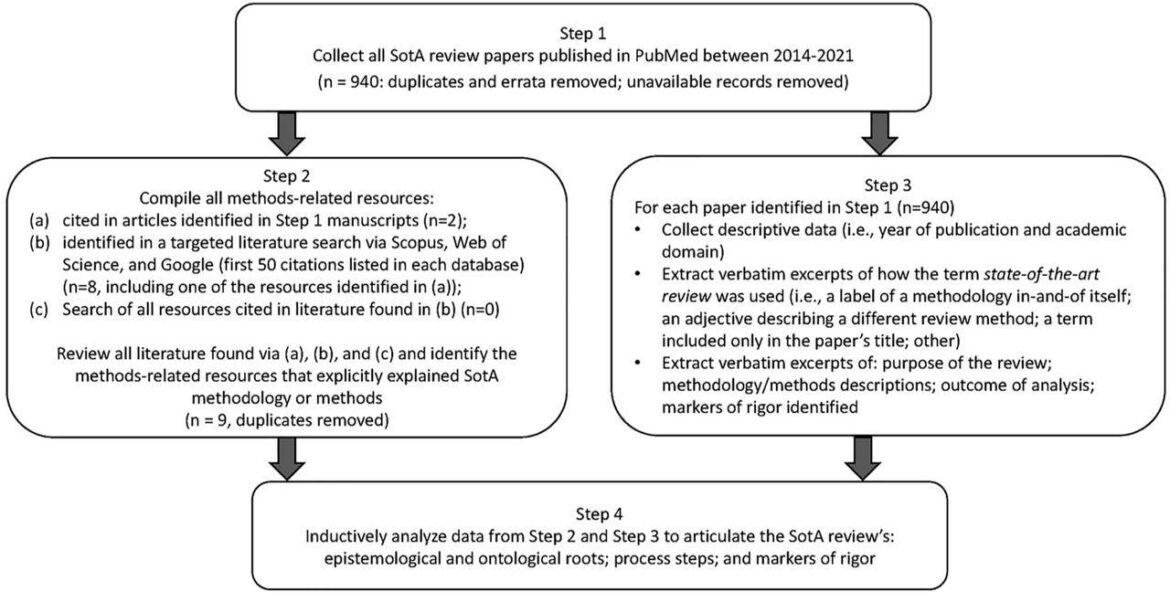Blog
Начало года — это еще и начало сезона подготовки дипломных работ. А это значит, что у меня наступает сезон формулирования тем для студентов факультетов и кафедр информационной безопасности в ведущих вузах. Я собрал свои рекомендации и лайфхаки для подготовки твоего первого ИБ‑исследования.
Добавить еще больше ценности системе подготовки специалистов в области информационной и кибербезопасности. Внедрить в традиционный процесс обучения практику, необходимую в производстве. Компенсировать нехватку квалифицированных кадров и при этом сохранить фундаментальные требования образовательных стандартов.
Эти три цели были поставлены в 2020 году, и тогда же началась разработка программы дополнительного образования. В декабре 2022 года вместе с компаниями-партнерами мы запустили процесс обучения в моей альма матер – Национальном Исследовательском Ядерном Университете «МИФИ». И я рад, что в роли академического директора этой программы у меня есть возможность интегрировать индустриальный и академический миры.

